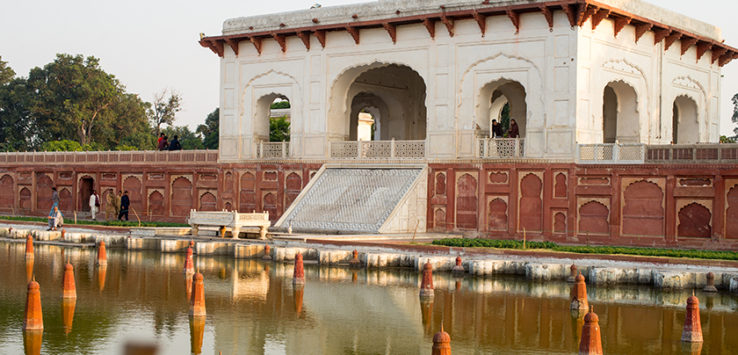Anyone who wants to see one of the best-preserved Islamic gardens on the planet must plan a trip to Pakistan. The northeastern city of Lahore is full of historical gems from the powerful Mughal Empire. Luckily for the world, the Mughals’ glorious Shalimar Gardens have been spared the ravages of time. The Shalimar Gardens are the finest example of Mughal garden construction that survives to this day.
People who visit this area for the first time are usually impressed with the gardens’ size. In total, these gardens measure around 660 meters by 250 meters. The Shalimar Gardens are in the shape of a rectangle and are composed of three terraces. From the lowest to the highest, the three terraces are named Bestower of Life, Bestower of Goodness, and Bestower of Pleasure.
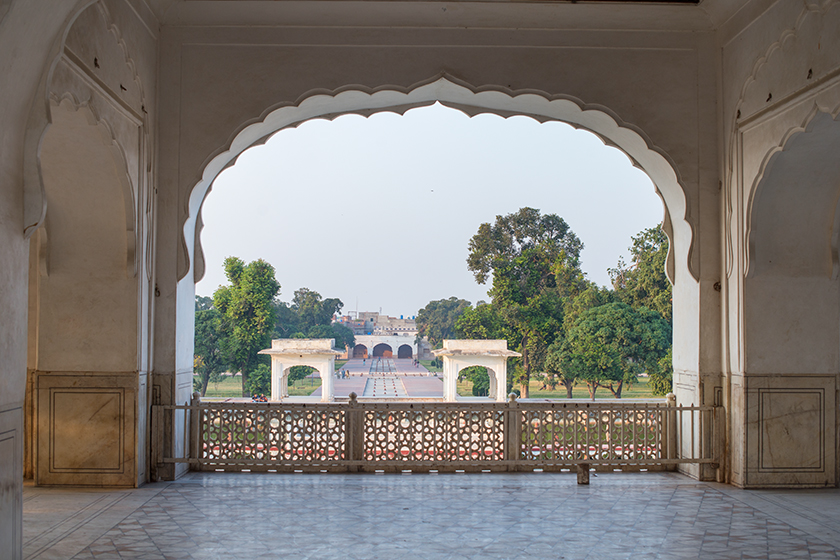
The construction of these gorgeous gardens dates bakes to 1637 AD. Shah Jahan, the fifth Mughal emperor, ordered these pleasure gardens to be built in the Persian style. In particular, these gardens drew inspiration from the Emperor Jahangir’s Shalimar Gardens in Kashmir, but there are also influences from designs in Delhi Sultanate and Western Punjab. Completed in 1641, the gardens are considered one of the finest examples of Mughal garden construction in the world.
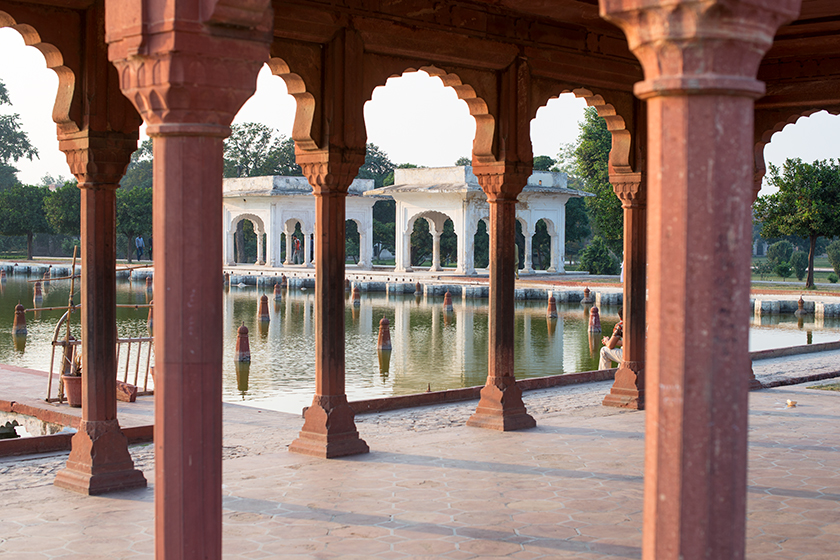
In case you didn’t know, the “Persian paradise garden” is officially known as “Charbagh.” This garden design attempts to recreate on earth the gardens of Paradise mentioned in chapter 55 of the Qur’an. One feature all of these gardens share is a quadrilateral design pattern. The most famous garden designed in this style is the garden at India’s Taj Mahal.
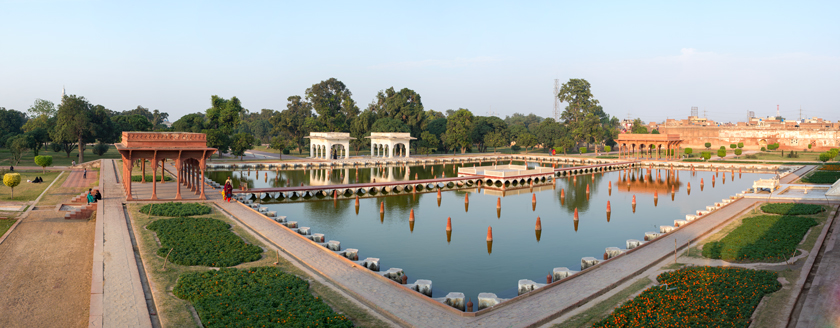
The Shalimar Gardens provide an interesting contrast to the Lahore Fort, which is only seven kilometers away from the gardens. The Lahore Fort commands attention with soaring architecture. The gardens, on the other hand, induce a state of calm in the visitor. But don’t think the gardens took less skill to create than the mighty Lahore Fort. Although the gardens are made to look natural, it took the designers a great deal of effort to arrange the trees and waterfalls such perfect symmetry.
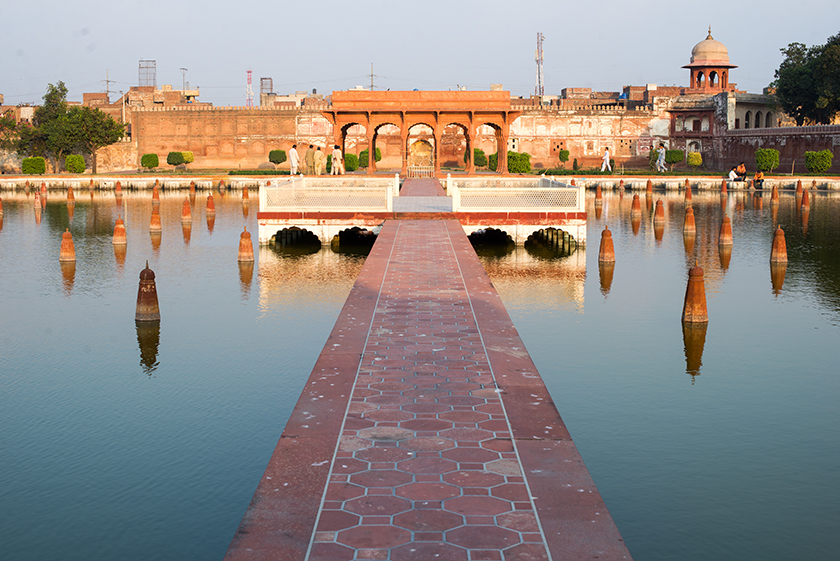
Once you walk into the gardens, you’ll notice that the Shalimar Gardens are designed in a rectilinear fashion. The three main terraces descend from the south to the north of the gardens. The garden designers made sure every tree was balanced out on both sides of the water. Also, notice how the trees reflect in the central flowing water. Just a few of the trees you’ll see as you walk around include cypress, plum, poplar, and gokcha trees.
As you stroll around, be sure to spend extra time looking at the walls that surround these gardens. Art historians say the fretwork on the brick walls is some of the finest in the Islamic world. The Mughal Empire was well known for its floral designs, especially in its grand Badshahi Mosque, and this amazing fretwork is a testament to the Mughals’ aesthetic prowess.
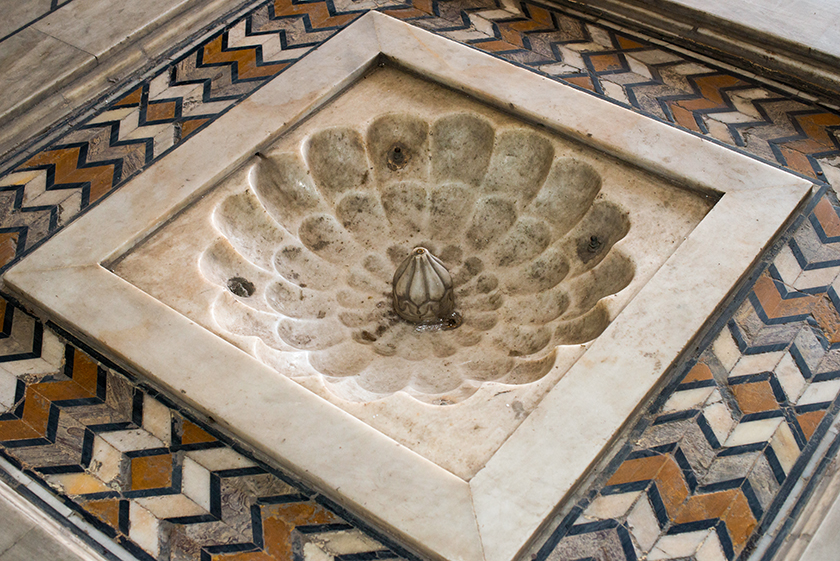
Guests to the Shalimar Gardens often enjoy exploring the historic buildings throughout the three terraces. The Mughals built a few summer pavilions that are extremely comfortable in the summertime. These pavilions take advantage of the cool water and offer a necessary respite from the desert heat. Guests can also take a look at the royal bath and the sleeping chambers and imagine what royals must have relaxed here in the past.
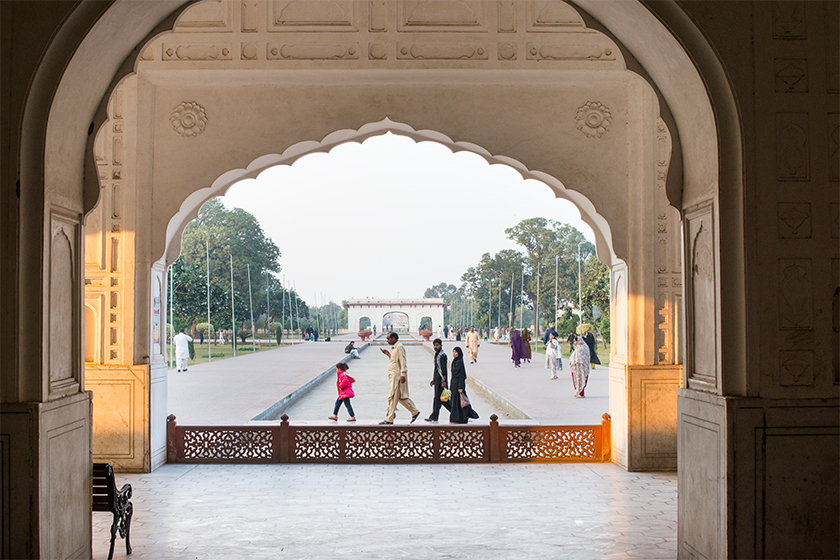
There are also a few halls in these gardens of great importance. The two most important halls are called the Aiwan and the Diwan-e-Khas-o-Aam. The Aiwan refers to the grand hall used mostly by the Mughal rulers. The Diwan-e-Khas-o-Aam, on the other hand, is a hall that was used both for special occasions and as an area where ordinary people could beseech the emperor.
There are literally hundreds of fountains in this garden. Believe it or not, architects study the Mughals’ fountain design to this day for inspiration. Many designers and scientists can’t understand how the Mughals were able to construct such perfect fountains on each of the three terraces. The Mughals allowed the water to cool as it flowed down the three terraces, so the coolest water is on the bottom. This was needed to survive the brutal summers in such an arid climate. In total, there are 410 fountains in the gardens.
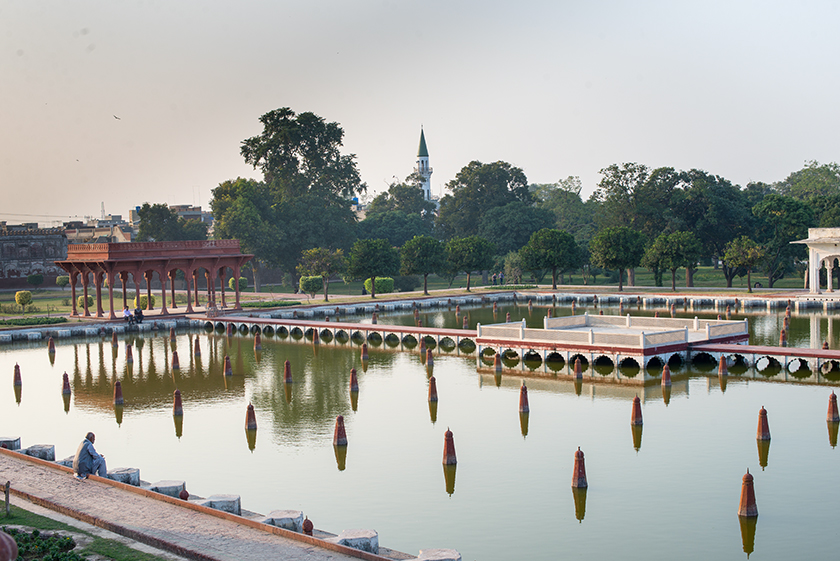
Of course, you can’t help but learn all about the Mughal Empire while visiting the Shalimar Gardens. There are, however, many stories of incredible events that took place here. One popular legend in the Shalimar Gardens concerns the Sufi Inayat Khan and his student Bullhe Shah. The story goes that while Khan was tending these gardens, Bullhe Shah used his magical powers to cause a mango to fall from a nearby tree. Shah arrogantly thought his magical abilities would startle the master Kahn. In response, Khan slowly turned around and commanded every single mango in the area to fall into the gardens. At Khan’s command, all the mangoes started flooding into Shalimar Gardens. A moment later, Khan commanded all the mangos to return to the trees, which they did.
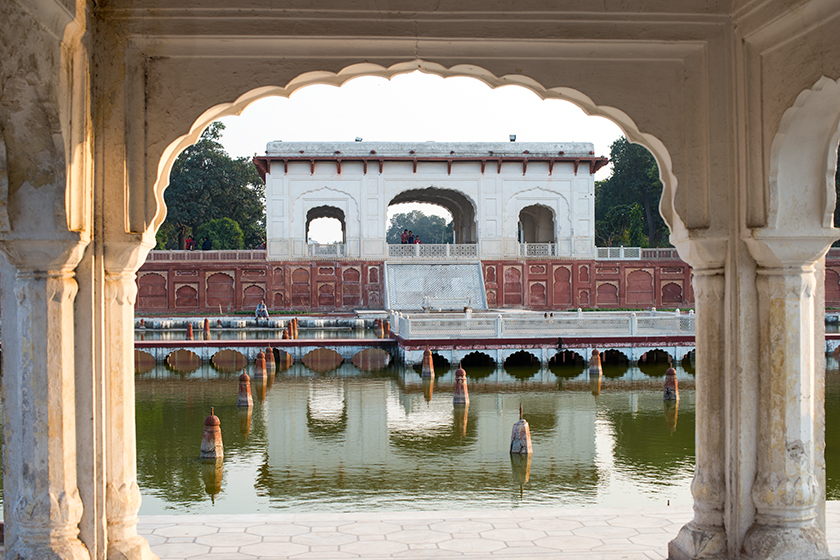
Whether or not this event really happened isn’t of major importance. What is important is for guests to realize how powerful an influence this area has been for Islamic poets, artists, and mystics. Just like the Zen gardens in the Japanese tradition, the Islamic paradise gardens inspire awe and reverence in the viewer. It’s impossible not to feel as if you’re in the presence of something holy as you stroll through these magical gardens.
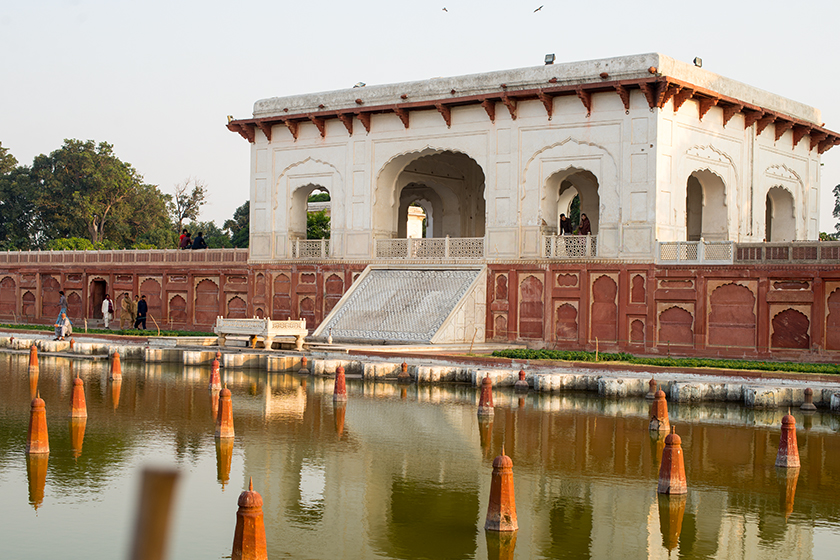
Today, the Shalimar Gardens have been dubbed a UNESCO World Heritage Site. UNESCO believes the Shalimar Gardens are one of the best-preserved paradise gardens in the Islamic world. Ever since the Shalimar Gardens have been added to the UNESCO World Heritage list, restoration efforts have amped up. Local Pakistani designers have been working tirelessly to keep all of the local trees vibrant and fresh and to ensure all the fountains work.
Anyone interested in visiting these gardens can find them on the east side of the Walled City. There is a small fee to enter the gardens.

